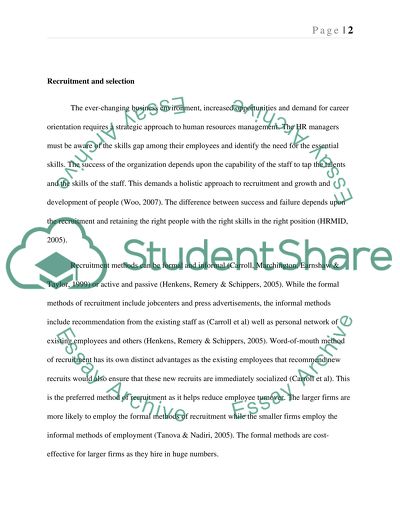Cite this document
(“Evaluation of HRM and Organisation Behaviour Theories Frameworks Coursework - 1”, n.d.)
Retrieved de https://studentshare.org/human-resources/1392360-critical-evaluation-of-hrm-and-organisation
Retrieved de https://studentshare.org/human-resources/1392360-critical-evaluation-of-hrm-and-organisation
(Evaluation of HRM and Organisation Behaviour Theories Frameworks Coursework - 1)
https://studentshare.org/human-resources/1392360-critical-evaluation-of-hrm-and-organisation.
https://studentshare.org/human-resources/1392360-critical-evaluation-of-hrm-and-organisation.
“Evaluation of HRM and Organisation Behaviour Theories Frameworks Coursework - 1”, n.d. https://studentshare.org/human-resources/1392360-critical-evaluation-of-hrm-and-organisation.


